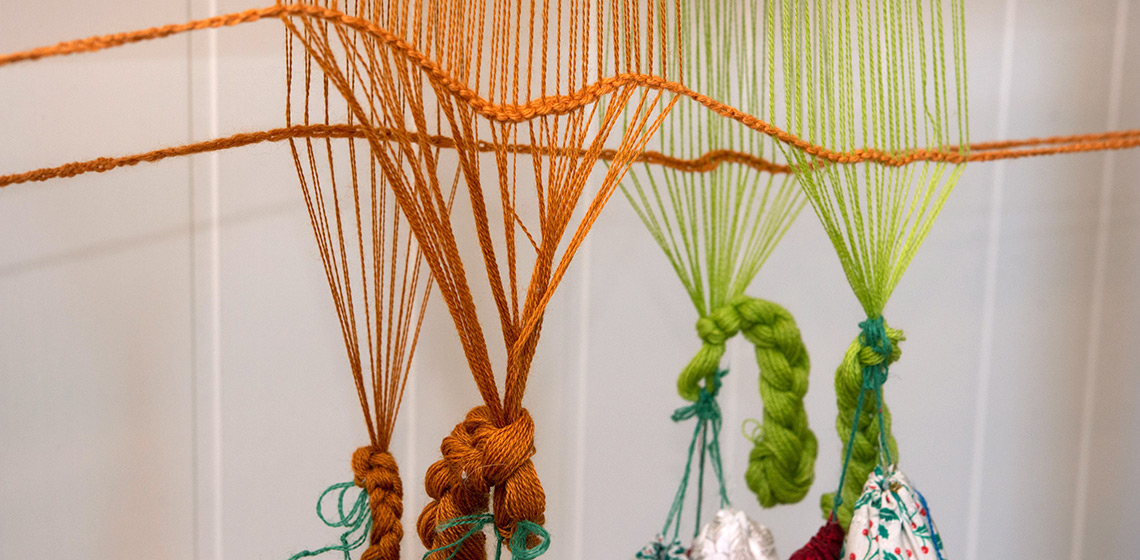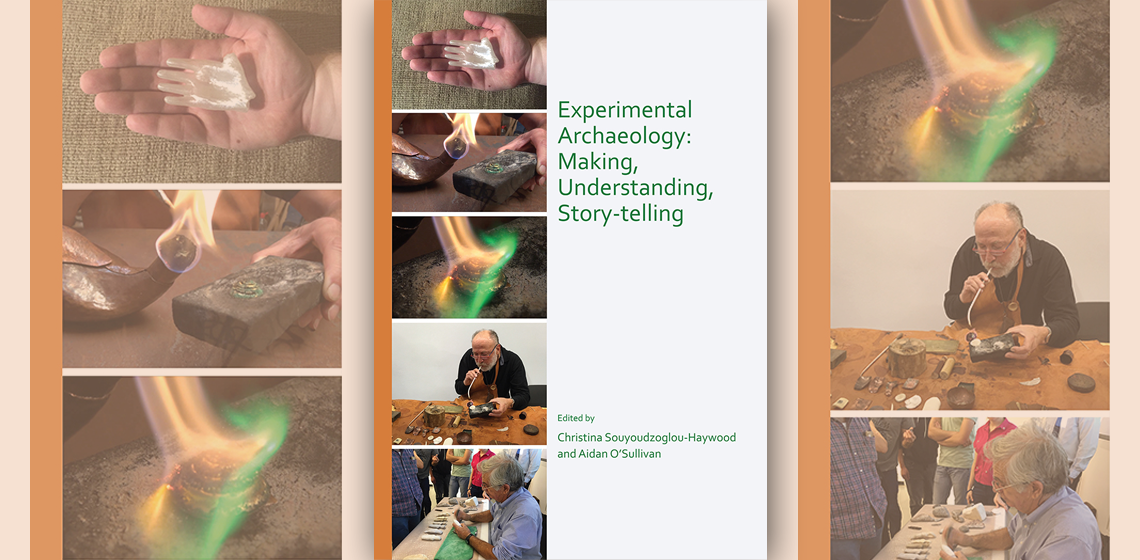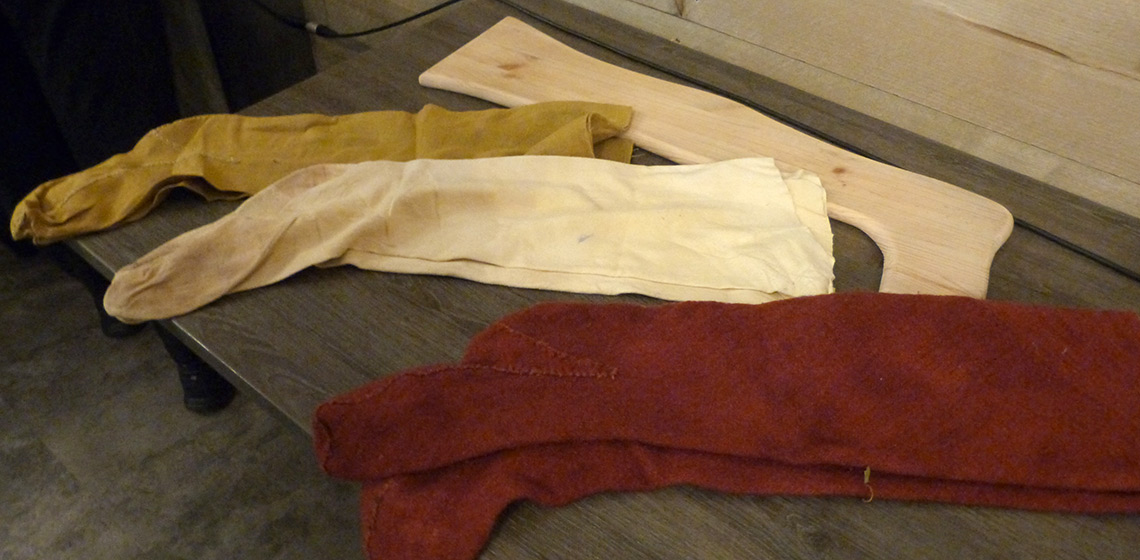EXARC Journal Issue 2020/4



16 Articles | DOAJ | Open Access
ISSN: 2212-8956
Publishing date: November 25, 2020
📄 EXARC Journal 2020/4 Table of Contents
Copyrights: EXARC, 2020
Summary
The 4th EXARC Journal of 2020 contains 16 articles.
It was not planned but five of 12 reviewed articles are about weaving, looms or loom weights. Even within this subject, there is a great diversity, as they are about research in Italy, Slovakia, Norway, the Levant and Meso-America. Several papers are based on research in open-air museums, like an article about Neolithic bows from Finland and an overview of documentation work at Buster’s in the UK. Another contribution compares site museums with archaeological open-air museums. Other authors explain about hunting in the Arctic, making ceramic house urns and how blending the material and digital leads us to new avenues. Talking about digital, do you think one can learn a craft like flint knapping from YouTube videos? Let us surprise you.
In our mixed matters we review several conferences and books, leading to Greece, Ireland, the US, the Netherlands and Italy. This Journal will give you enough to read for a few cold and dark days.

















